A rigorous ideational methodology and a sophisticated design characterise Umberto Cavenago's work and subtend the realisation of the works for a final result of total essentiality and extreme compositional clarity; in addition, there is a notable attention to the environmental scenario of the work, its harmonic referent, related to it through a system of multiple interactions and in the sign of skilful architectural references, tending towards uniqueness. These connotations are then enriched with further senses: a dialectic of contradictions manifested through a vein of irony, almost a privileged trope of thought, and the alternation of questions and ambiguous answers, all pervaded by a thread of subtle comedy. Works rendered by the artist in sheet metal, a non-noble material, a mirror of our present, of banal and everyday existence, transformed into galvanised or painted structures, in shades of grey or white, pleasant to the touch and to the eye, with no more functionality or memory of use, if not solely that of formal and aesthetic enjoyment. Apparently awkward and heavy works, metal encumbrances all equipped with wheels, sometimes with the potential to move: but immovable and in perfect stillness; vehicle-machines, strange fantasies or mimesis of the real such as
Equestrian (1988) or
Half Ton (1989) or even
Enduro (1989) up to
Voglia di treno (1989), crystallising their stasis: metaphorically vehicles of ideas, allegorical and allusive pretexts about play, art, time and space.
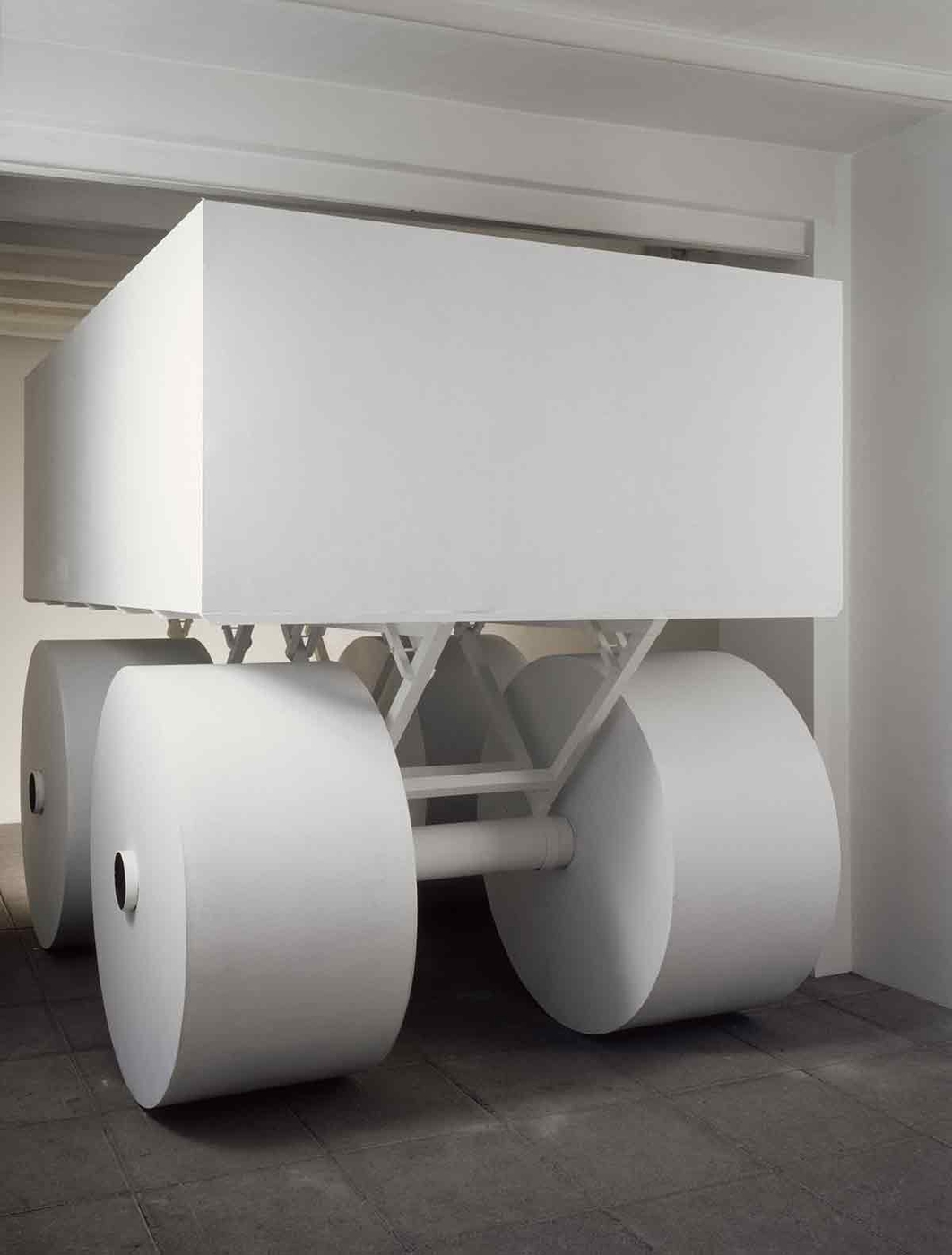
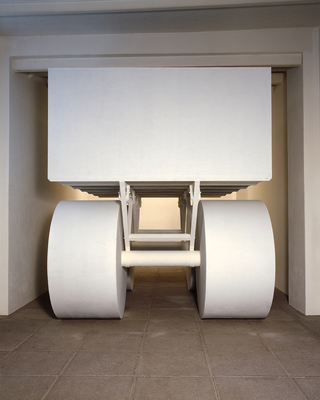
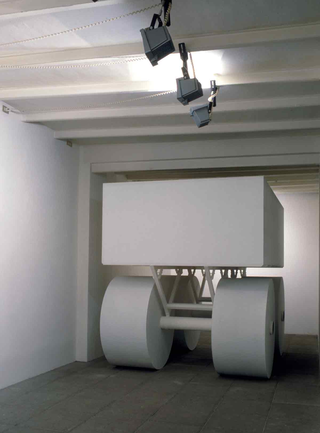
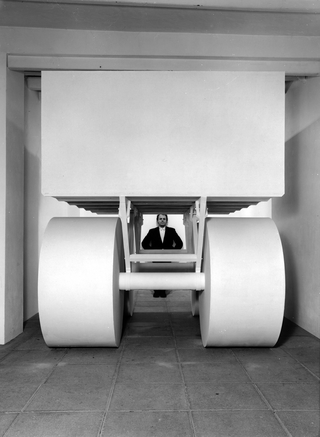
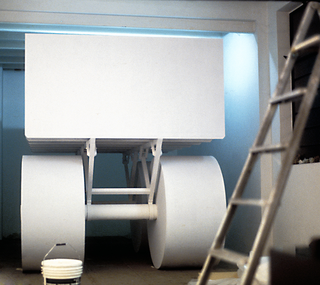
Social
Contatti
umberto@cavenago.info